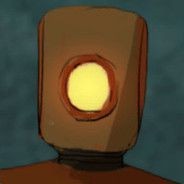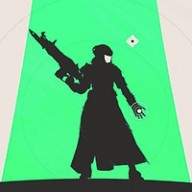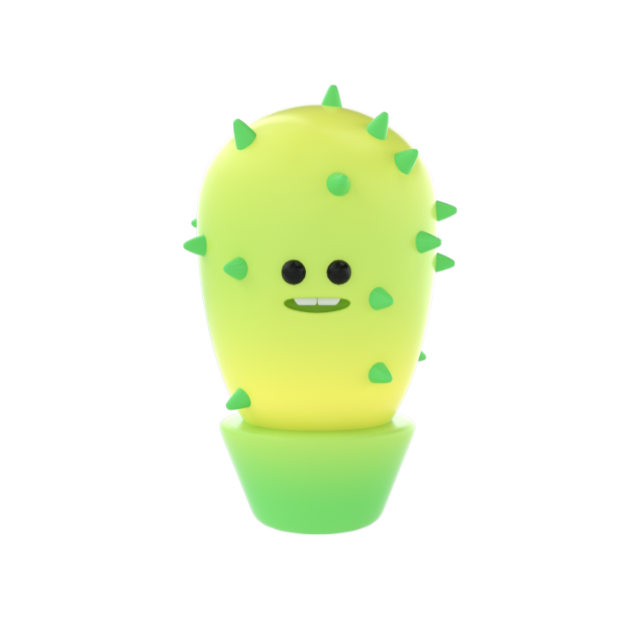FOR THE LAST GENERATION Silicon Valley and Tokyo have been working to design computers that are ever easier to use. There is one thing, however, that has prevented the machines from becoming their user-friendliest: you still have to input data with a keyboard, and that can require you to do a lot of typing and to memorize a lot of elaborate commands.
Enter the clipboard computer. a technology that has been in-development for the last 20 years
but took hold in the mass market only this year. Clipboard PCs-which. as their name suggests, are not much bigger than an actual clipboard - replace the keyboard with a liquid crystal display (LCD)screen and an electronic stylus._Users input data by printing individual letters directly on the screen.
There are two technologies at work in a clipboard PC: one allows raw data to get into the computer and the other allows the computer to figure out what that data means.The first technology relies principelly on hardware and varies depending on the particular computer. In one system, marketed under the name GRIDPad.the computer's LCD screen is covered by a sheet ofBlass with a transparent conductive coating. Voltage is sent across the glass in horizontal and vertical lines forming a fine grid;at any point on the grid, the voltage is slightly different.When the stylus - which is essentially a voltmeter - touches the screen. it informs the computer of the voltage at that point. The computer uses this information to determine where the stylus is and causes a liquid crystal pixel to appear at those coordinates. The position of the stylas is monitored several hundred times a second, so as the stytus moves across the glass,whole strings of pixels are activated.'What we do is sort of connect the dots,' says Jeff Hawkins, the creator of GRIDPad. 'Users can then write whatever they want
on the screen with a kind of electronic ink.'
Making that writing comprehensible to the computer,however, requires the help of some powerful software. When the stylus is being used, the computer is programmed to look for moments when the tip does not touch the screen for a third of a second or more. Every time this happens - and it happens a lot when somebody is printing -the software assumes that one letter or number has been written. The pixel positions of 'What we do is sort of connect the dots,' says Jeff Hawkins, the creator of GRIDPad. 'Users can then write whatever they want on the screen with a kind of electronic ink.'
Making that writing comprehensible to the computer,however, requires the help of some powerful software. When the stylus is being used, the computer is programmed to look for moments when the tip does not touch the screen for a third of a second or more. Every time this happens - and it happens a lot when somebody is printing -the software assumes that one letter or number has been written. The pixel positions of this fresh character are then passed on to the computer's pottern recognition software, which instantly identifies the letter or number written.The software does this by first cleaning up the character -smoothing out crooked lines and removing errant dots. The remaining lines and curves are then compared with a series of templates in the computerts memory that represent hundreds of thousands of different versions of every letter in the English alphabet and all ten numerals. When the computer finds the closest match, it encodes the character in memory and displays it on the screen as if it had been typed.The entire process talces just a fraction of a second. To delete a word you simply draw a line through it. To move to the next page, you aick the stylus at the bottom of the screen as if you are flicking the page of a book.
There are a handful of clipboard computers now on the market,including CRIDPad, which is sold in the US; Penvision, manufactured by NCR and sold around the world:and Sony's Palmtop and Canon's Al Note,both sold only in Japan.IBM and Apple are also pouring millinons of dollars into the technology.
In addition to this hardware, a variety of software is also making its why to the market.
Depending on the power of the computer and the sophisttication of the software, clipboard
systems can be programmed to understand the particular quirks of a particular use's printing;
this is an especially useful feature in Japan, where elaborate kanji characters make up most of the wTitten language.Improvements in soft.ware may soon allow machines sold in the US to understand not only printing but continnous script as well.
Given such nexibility, the designers of clipboard computers are predicting big things - and a
big market -. for their products 'There's no doubt about it's says an optimistic Hawkins. 'You're going to own one of these things in the not-too-distant future.'
Ответы на вопрос:
1. For the last generation, Silicon Valley and Tokyo have been working to design computers that are ever easier to use. There is one thing, however, that has prevented the machines from becoming their user-friendliest: you still have to input data with a keyboard, and that can require you to do a lot of typing and to memorize a lot of elaborate commands.
2. Enter the clipboard computer, a technology that has been in development for the last 20 years but took hold in the mass market only in 1993. Clipboard PCs – which, as their name suggests, are not much bigger that an actual clipboard – replace the keyboard with a liquid crystal display (LCD) screen and an electronic stylus. Users input data by printing individual letters directly on the screen. There are two technologies at work in a clipboard PC: one allows raw data to get into the computer to figure out what data means. The first technology relies principally on hardware and varies depending on the particular computer. In one system, marketed under the name GRIDPad, the computer’s LCD screen is covered with a transparent conductive coating. Voltage is sent across the glass in horizontal and vertical lines forming a fine grid, the voltage is slightly different. When the stylus – which is essentially a voltmeter- touches the screen, it informs the computer of the voltage at that point. The computer uses this information to determine where the stylus is and causes a liquid crystal pixel to appear at those coordinates. The position of the stylus is monitored several hundred times a second, so as the stylus moves across the glass, whole strings of pixels are activated.
Вроде так (-)_(-)
Реши свою проблему, спроси otvet5GPT
-
Быстро
Мгновенный ответ на твой вопрос -
Точно
Бот обладает знаниями во всех сферах -
Бесплатно
Задай вопрос и получи ответ бесплатно

Популярно: Английский язык
-
Перевести текст на язык. необходимые личностные качества, интересы...
 кйф509.11.2021 09:38
кйф509.11.2021 09:38 -
Перевод с не как! what animals did the wise men take to the palace...
 nikitazaharov2807.01.2021 14:51
nikitazaharov2807.01.2021 14:51 -
If it (not/be) cold, they (not/lit) the fire. if she (study) more,...
 kat1981001.10.2020 20:37
kat1981001.10.2020 20:37 -
Письмо на языке я пошла в библиотеку...
 КарКарыч666616.08.2020 16:11
КарКарыч666616.08.2020 16:11 -
9класс прокомментируйте на языке: to kill 2 birds with one stone убить...
 lizamrio102.12.2021 13:46
lizamrio102.12.2021 13:46 -
Выберите нужное слово! 1)do you have much|many cofeefor breakfast?...
 nikitos13372826.10.2022 02:02
nikitos13372826.10.2022 02:02 -
Надо подобрать однокоренные слова к словам argument,behavior, education,trouble,...
 KaDet177806.12.2020 02:50
KaDet177806.12.2020 02:50 -
Составь и запиши четыре вопроса. образец: 1) does jack like to play...
 Mellisa1111111103.02.2022 08:07
Mellisa1111111103.02.2022 08:07 -
Put the verbs in brackets in Present Continuous or Present Simple....
 ferrum430.03.2022 06:46
ferrum430.03.2022 06:46 -
Match the parts. Write the number (1, 2, 3...) The first part: 1....
 Оля666Olya28.03.2020 00:48
Оля666Olya28.03.2020 00:48

Есть вопросы?
-
Как otvet5GPT работает?
otvet5GPT использует большую языковую модель вместе с базой данных GPT для обеспечения высококачественных образовательных результатов. otvet5GPT действует как доступный академический ресурс вне класса. -
Сколько это стоит?
Проект находиться на стадии тестирования и все услуги бесплатны. -
Могу ли я использовать otvet5GPT в школе?
Конечно! Нейросеть может помочь вам делать конспекты лекций, придумывать идеи в классе и многое другое! -
В чем отличия от ChatGPT?
otvet5GPT черпает академические источники из собственной базы данных и предназначен специально для студентов. otvet5GPT также адаптируется к вашему стилю письма, предоставляя ряд образовательных инструментов, предназначенных для улучшения обучения.
